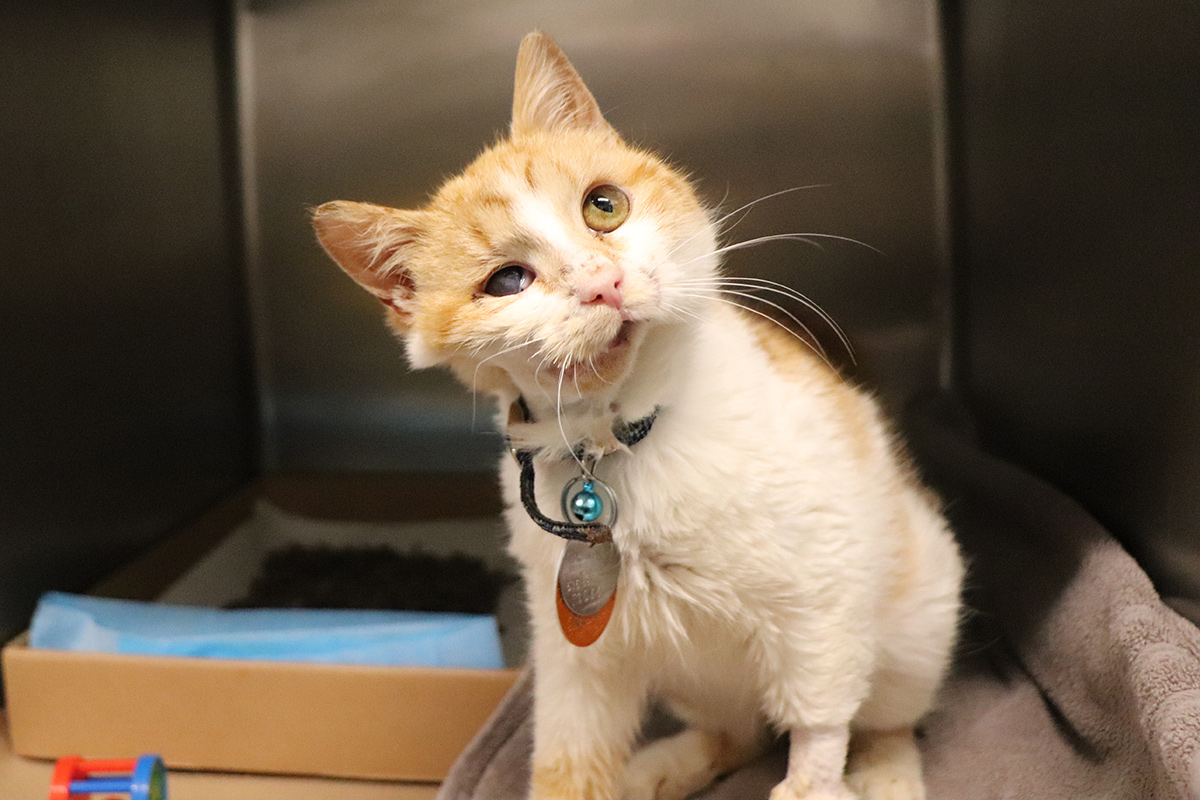In a world rife with compassion and empathy, the existence of animal cruelty continues to astound us. Each story of mistreatment and suffering exposes a significant societal issue, urging contemplation. It is a grim reality that persists alongside the remarkable resilience seen in animals. Those who survive these harrowing experiences embody a beacon of hope, an embodiment of strength that transcends the cruelty inflicted upon them. In exploring these narratives, it becomes evident that our fascination with their plight often masks a deeper societal malaise.
Animal cruelty manifests in various forms—neglect, abuse, abandonment, and exploitation. Four-legged victims often find themselves at the mercy of misguided human behaviors fueled by ignorance or malice. These acts can range from egregious physical harm to psychological torment, and the impact on the animal’s well-being can be catastrophic. However, while the initial stories are steeped in horror, they often transition to remarkable tales of survival, highlighting the indomitable spirit inherent in many animals.
Consider the example of a sheltered cat, Adrienne, whose path to healing began tragically. Shot in the face, Adrienne represented not just a case of extreme abuse but also an opportunity for rehabilitation and recovery. The atrocities she endured shine a light on the brutal reality many animals face daily. Reports of such incidents reveal a larger issue at hand: societal indifference towards the suffering of innocents. These stories serve as stark reminders of the responsibility humans have towards the voiceless.
What fuels the fascination surrounding these narratives? It emerges as a duality; we are drawn to the grim realities but equally captivated by the phoenix-like rise of animals from the ashes of their torment. The juxtaposition of horror and hope captivates audiences, forcing them to confront the uncomfortable truths of our society. This fascination often leads to increased awareness, compelling advocates to rally for change and fight against systemic cruelty. One cannot underestimate the potential of each story to ignite compassion, prompting individuals to act in ways that previously would have seemed unthinkable.
Moreover, deeper sociological elements underpin this fascination. We frequently find ourselves at a crossroads of empathy and ignorance. Many individuals, perhaps unknowingly, perpetuate cycles of violence against animals, whether through the acceptance of certain societal norms or the purchasing of products derived from exploitation. The stories that circulate aim to disrupt this complacency, challenging readers not just to react but to reflect on their roles in this pervasive issue.
Taking the narrative of Adrienne further, her poignant story not only illustrates the immense suffering that can arise from human cruelty but also represents a testimony of resilience. Following her rescue, her journey through various rehabilitation stages evoked extraordinary responses from caregivers and the public alike. Every incremental improvement in her health and spirit symbolized a small victory over malevolence, drawing people into a narrative of compassion. This shift from horror to hope epitomizes what can be achieved through education, rehabilitation, and kindness. It urges society to recognize that compassion can prevail in even the direst situations.
Every animal that escapes the shackles of cruelty embodies a larger narrative—a collective consciousness that calls for action. The incessant documentation of these stories serves to amplify the voices of those who suffered in silence, ensuring that the plight of the mistreated is not forgotten. Such narratives also challenge individuals to examine their attitudes and behaviors towards animals and subsequently push for a broader societal shift towards empathy and responsible stewardship of all creatures.
As we delve deeper into these themes, it is essential to explore the mechanisms that foster change. Societal attitudes towards animal welfare have evolved, thanks in no small part to the vivid storytelling that brings attention to the grim realities faced by many animals. Rescue organizations, activists, and advocates harness the power of media, using every platform available to share stories like Adrienne’s. By galvanizing public support, they build a collective movement that works tirelessly against cruelty, championing the rights of animals.
The movement against animal cruelty is not restricted to rescue stories alone; it extends into the realms of policy reform, education, and community engagement. Awareness campaigns play a pivotal role in shaping public perceptions, fostering a culture that prioritizes humane treatment. By understanding the stark realities through the lens of individual stories, society is encouraged to partake in proactive measures that dismantle systems supporting cruelty.
In conclusion, the journey from horror to hope in the realm of animal cruelty is intricate and multifaceted. The stories of survival do not merely exist as poignant reminders of the suffering that animals endure; they represent transformative narratives that expose societal failures and galvanize communal responsibility. Each tale, including the journey of Adrienne, serves as a clarion call to action—urging individuals to confront the uncomfortable realities of animal cruelty and inspiring a collective movement towards a more compassionate world. It is incumbent upon us, as global citizens, to ensure that the dialogue surrounding animal welfare continues, illuminating the pathways from misery to healing and survival.








